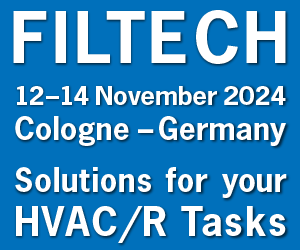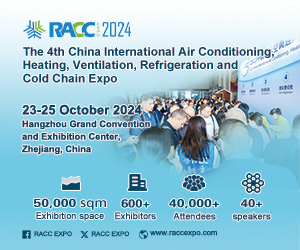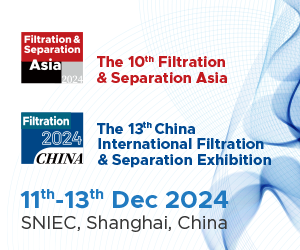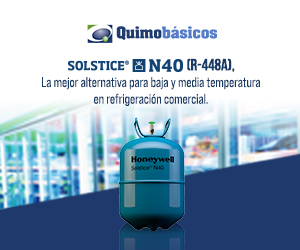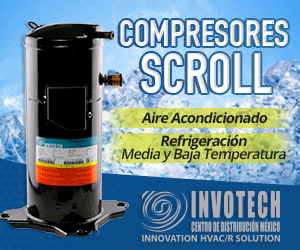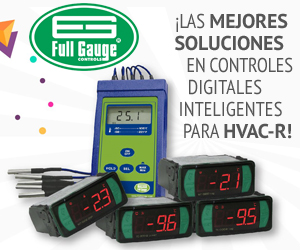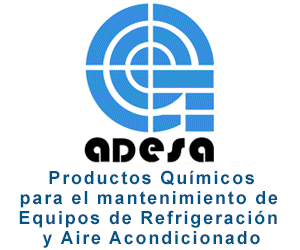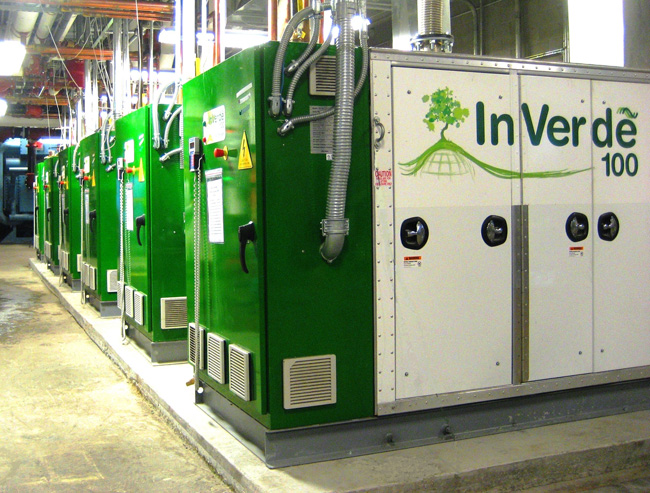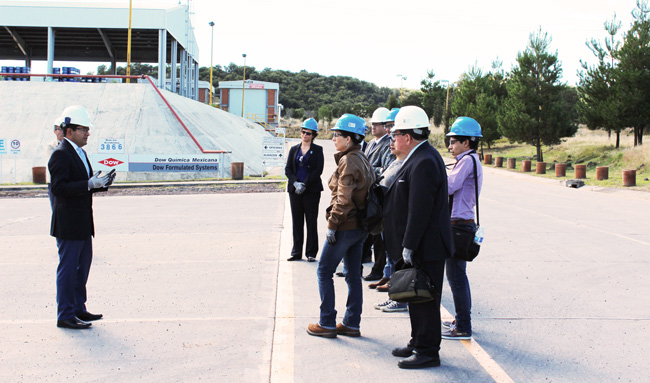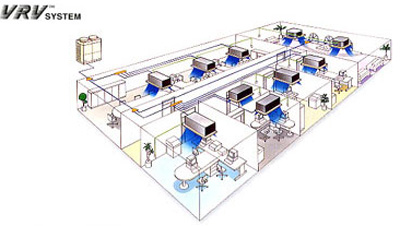
Daikin Europe N.V. announced further extensions to its pioneering variable refrigerant volume technology – VRV® – now in its third generation. Optional high sensible modes improve cooling comfort and efficiency in European climates, and the new 15 class indoor units are especially designed for climate control in well-insulated or small areas such as hotel rooms and offices.
Daikin VRV® III uses a PID (Proportional Integral Differential) electronic expansion valve to continuously adjust refrigerant volume to the actual demand of the indoor units. This allows the compressors to always run at optimal levels of efficiency and comfort, regardless of cooling or heating demand.
The new high sensible modes increase efficiency and comfort even further. In standard high sensible mode, the system uses an increased evaporation temperature, resulting in higher efficiency and higher comfort thanks to the high air discharge temperatures. The system can switch to high-power mode in the case of very high cooling loads, ensuring that a comfortable temperature can be reached in a minimum amount of time. Whereas in locked evaporation temperature mode, the high air discharge temperatures remain at all times, eliminating the risk of cold draughts. High sensible cooling modes not only increase efficiency and decrease unnecessary dehumidification, they also guarantee the absolute optimum in indoor climate.
At the same time, Daikin Europe N.V. is also launching the new ‘15 class’ indoor units. These new units allow the optimum selection of indoor units in applications with small heating and cooling loads per room such as well-insulated or smaller areas. It will also be possible to connect more indoor units to a single outdoor unit.
Two types of ‘15 class’ indoor units are available: a cassette with compact casing to fit flush into standard European false ceilings without the need to cut ceiling tiles, and a slim concealed ceiling unit that blends unobtrusively into the interior décor, with only the grilles visible. In addition to the new ‘15 class’ indoor units, all other VRV® indoor units, ventilation units and Biddle air curtains can be connected to the new VRV® III Heat Pump series.
Known and appreciated VRV® III features such as automatic refrigerant charging, containment check function, back-up function and silent mode remain available on the new VRV® III Heat Pump series.
With European legislation requiring a drastic reduction in energy consumption to achieve the challenging 20/20/20 targets, a new way of calculating energy efficiency – the seasonal efficiency ratio (SEER/SCOP) – is under development. Seasonal efficiency will give end users a view of the true yearly performance of a total climate control system such as the Daikin VRV®, whereas current measurements only show efficiency at one nominal point for cooling (35°C) and one nominal point for heating (7°C).
In anticipation of the new calculation method, Daikin is already publishing ESEER and APF values today. ESEER values take into account various temperature and load conditions to calculate the seasonal cooling performance of VRV® III. Moreover, as ESEER values are commonly used for chillers, a comparison between the different systems becomes possible. APF (Annual Performance Factor) is the Japanese seasonal performance benchmark, which indicates the yearly efficiency of the VRV® system, taking into account cooling and heating performance at various conditions. Daikin is proud to be leading the market in publishing ESEER and APF seasonal performance data in anticipation of the European calculation method.



